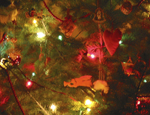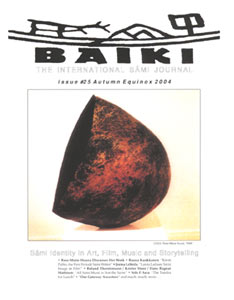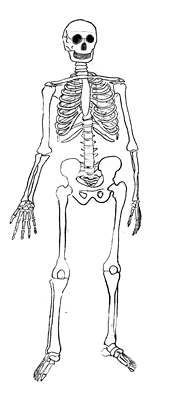Winter Lights

A 43-year Vancouver tradition, the Carol Ships travel the waters around the city in December, with different destinations each night. People gather in waterfront parks and house parties at homes with waterviews to enjoy these seasonal displays. We vividly remember our very first experience of them over 30 years ago soon after we moved to the Vancouver area from the very cold north. It seemed magical and unique to us to see these ships and boats with coloured lights reflecting in the water and carols ringing out as we stood on a bonfire-lit beach. There was nothing like this in the wintry climates where we grew up and lived the early years of adulthood, though we still miss the snow, a rare happening here on the west coast. (We have to go up the mountains for that.)
(In all honesty, though the number of nights the Carol Ships are out has grown over the years, the area that we live in has seen a severe dwindling of the number of boats in the “parade” – pity. Maybe the individual boat owners are getting tired of being out there too many nights at some personal cost.)
Another fun tradition for families with young children is Stanley Park’s miniature Christmas train, running from the children’s farm through the fairy lit woods and back. We also enjoy the very beautiful light displays and the choirs in gardens such as the Park & Tilford and VanDusen Botanical Gardens.


